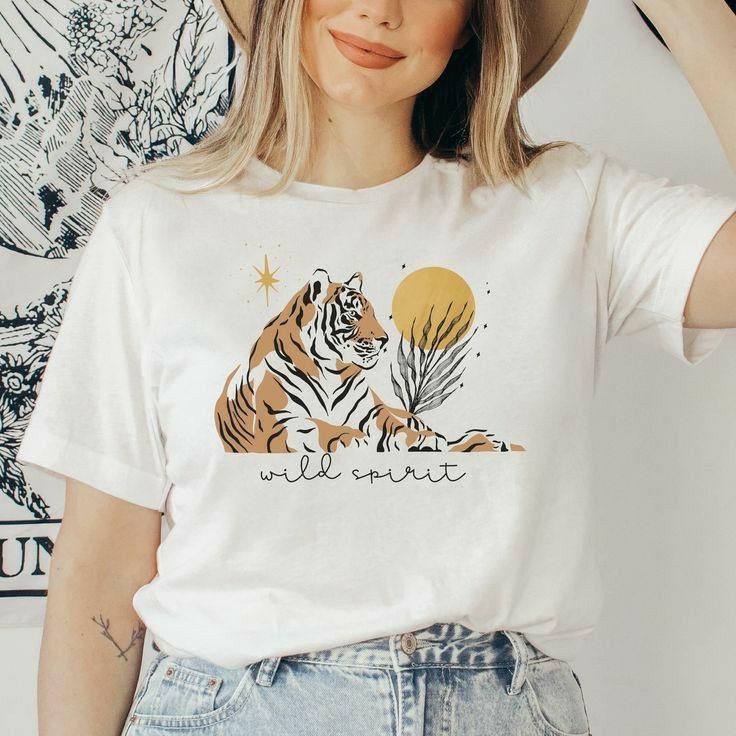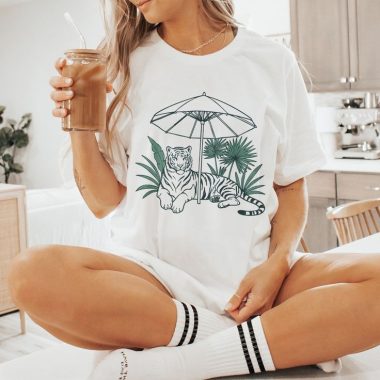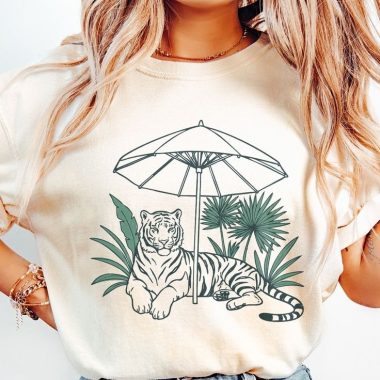Introduction
Fashion transcends mere clothing and becomes a lively canvas where culture creativity and individuality converge. Throughout time garments have served not only as coverings but also as powerful statements reflecting social values artistic movements and personal aspirations. From the intricate robes of ancient civilizations to the minimalist silhouettes gracing modern runways fashion has continually evolved carrying with it echoes of social transformation and technological innovation. This exploration delves into the tapestry of fashion tracing its historical roots its role as a mirror of society its embrace of sustainability and technology and its promise as a vehicle for self discovery and communal connection.
The Historical Tapestry
Ancient societies regarded clothing as an emblem of status and spirituality. In early Mesopotamia woven textiles signified wealth and was reserved for the elite while in ancient Egypt linens were dyed with vivid pigments to honor deities and accompany the departed in their journey beyond this realm. Across Asia sumptuous silks bore intricate motifs that traveled along trading routes carrying stories of empires and conquests. As medieval Europe witnessed the rise of guilds and urban centers craftsmanship flourished giving rise to elaborate garments adorned with embroidery and jewels. Each stitch and fold bore testimony to the skills and values of its time laying the groundwork for the transformative leaps in style that would follow.
Fashion as a Social Mirror
Every era’s dress reveals the aspirations anxieties and ideals of its people. The voluminous silhouettes and corseted waists of seventeenth century courts spoke to notions of hierarchy and the divine right of monarchs while the simplicity and practicality embraced by nineteenth century reformers symbolized shifting attitudes toward gender roles and labor. In the early twentieth century the liberation of female form found expression in the dropped waistlines and fluid fabrics that moved with every stride. The postwar decades saw fashion respond to the optimism of rebuilding and the desire for youthful rebellion paving the way for fresh shapes colors and patterns that challenged tradition and celebrated individual expression.
Innovations in Fabric and Technique
The evolution of fashion parallels advances in textile technology and manufacturing process. The invention of the spinning wheel and the mechanization of looms ushered in an era of mass production democratizing access to fabrics and reducing the cost of garments. Synthetic fibers such as nylon and polyester introduced durability stretch and ease of care while digital printing technologies unlocked limitless possibilities for pattern and color. Tailoring techniques rediscovered traditional artisanal skills harnessing them alongside modern equipment to produce garments that marry heritage craftsmanship with precision engineering. Each innovation expands the vocabulary of fashion enabling designers to reimagine form and function in daring new ways.
The Rise of Street Wear and Subcultures
The democratization of style gained momentum with the emergence of street wear and youth orientated subcultures that reclaimed clothing as a site of resistance and community building. Inspired by music sports and urban art these styles fused comfort functionality and bold graphics to articulate identities beyond the realm of high fashion. Sneakers and graphic tees became canvases for personal narrative while collaborative capsule collections between designers and grassroots brands blurred boundaries between exclusivity and accessibility. This dialogue between street style and couture enriched the fashion landscape fostering a spirit of experimentation and bridging social divides through shared cultural codes.
Sustainable and Ethical Approaches
As awareness of environmental and social impact grows the fashion industry faces the urgent challenge of balancing creativity with responsibility. The emergence of sustainable practices champions the use of recycled materials organic fibers and water saving technologies. Transparent supply chains spotlight the human stories behind each garment promoting fair wages safe working conditions and ecological stewardship. Designers are rethinking the concept of disposable fashion by crafting timeless pieces designed to endure and encouraging consumers to embrace repair reuse and resale. This shift from a take make waste model toward circular approaches signals a profound reimagining of fashion’s relationship with the planet and its people.
The Role of Technology
Digital innovation is redefining both creation and consumption within the fashion world. Virtual design platforms enable rapid prototyping and three dimensional visualization reducing waste and accelerating decision making. Augmented reality tools allow shoppers to try on garments virtually transcending geographical barriers and personalizing the retail experience. Social media serves as a real time runway inviting direct dialogue between designers influencers and consumers shaping trends with unprecedented speed. On the horizon blockchain promises to enhance transparency and authenticity verifying ethical claims and tracing the journey of every thread from field to storefront. Through these technologies the industry finds new ways to honor tradition while charting courses into uncharted territories.
Fashion and Identity
At its heart fashion remains deeply personal. What we wear communicates our values our affiliations and our mood. In assembling a wardrobe individuals engage in a visual form of storytelling where color texture and silhouette become chapters in a living narrative. For some garments evoke nostalgia connecting wearers to formative moments or ancestral heritage. For others fashion offers a playful arena to experiment with gender convention and explore alternative selves. This dialogue between self perception and external gaze affirms the profound power of clothing to shape how we move through the world and how the world perceives us.
The Influence of Globalization
Global interconnectedness has woven together a vibrant mosaic of styles and traditions. Designers draw inspiration from artisanal techniques in distant lands reinterpreting motifs and silhouettes through fresh perspectives. Collaborative exchanges between fashion capitals and emerging creative hubs foster cross cultural fertilization enriching the global dialogue. At the same time the rise of e commerce platforms empowers consumers to access diverse brands and tailor their purchases to their unique tastes. This dynamic interchange invites a celebration of diversity encouraging both cultural appreciation and cautious respect to ensure heritage is honored rather than appropriated.
The Future of Fashion
Looking ahead the trajectory of fashion promises to be shaped by an enduring tension between innovation and preservation. The push toward greater sustainability will likely accelerate investment in regenerative agriculture bio engineered materials and localized production models. Advances in artificial intelligence may further personalize design predicting preferences and customizing fit down to individual measurements. Immersive digital environments could redefine runways and storefronts inviting consumers to inhabit virtual wardrobes. Yet amidst this technological momentum the timeless allure of craftsmanship and human connection will continue to anchor fashion as an art form that resonates beyond the transactional.
Conclusion
Fashion stands as a testament to human creativity and adaptability weaving together strands of history culture technology and identity. From its ancient origins to its digital future fashion reflects our collective journey shaping and being shaped by the social economic and environmental landscapes we inhabit. In embracing fashion as more than clothing we recognize its power to inspire dialogue foster community and illuminate the diverse tapestry of human experience. As we navigate the possibilities ahead we carry forward garments imbued with stories tradition and innovation each stitch a reminder of the ever evolving bond between fabric and soul.




